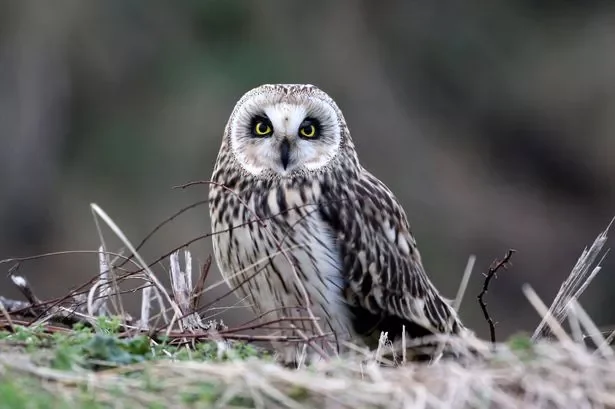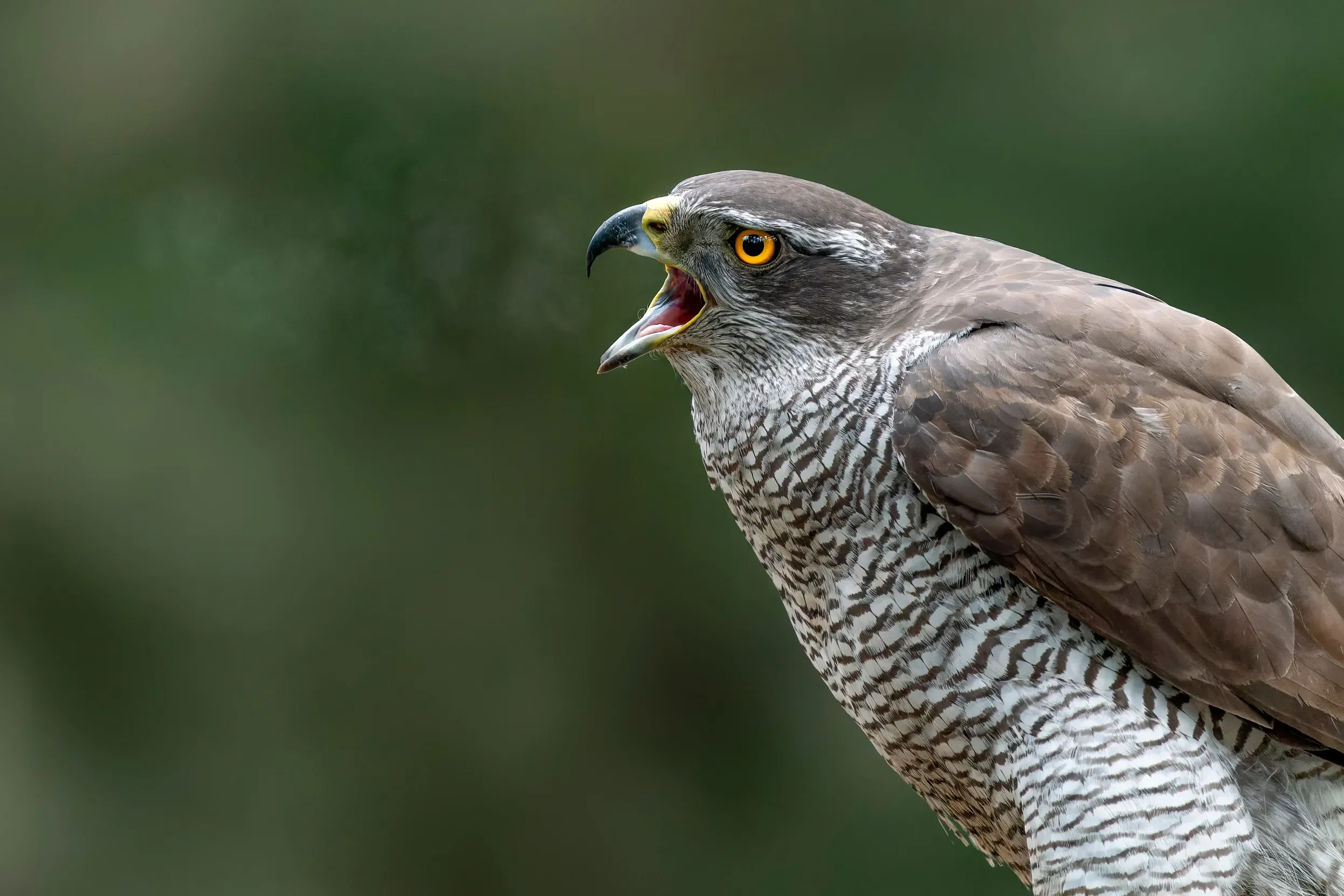
Peak District Birds of Prey
-
(falco peregrinus)
A large falcon renowned for being one of the fastest flying birds that has reliably been recorded, reaching speeds of 350 kph (217 mph). It reaches these incredible speeds when hunting a range of medium sized birds, as it dives down knocking unsuspecting prey to the ground.
-
(asio flammeus)
The short-eared owl is a medium-sized owl known for its distinctive hunting habits and unique behaviours. They are typically mottled brown, paler underneath, with bright yellow eyes and short "ear tufts" that are not always visible. Short-eared owls are primarily daytime hunters, often seen quartering over open habitats like grasslands and moorlands, searching for small mammals like voles and birds.
-
(circus cyaneus)
The Hen Harrier was formerly a widespread breeding bird in Britain, occurring in lowland and upland heathland habitats. The loss of these habitats, particularly in the lowlands, along with widespread persecution on grouse moors led to such a retraction in range that by the 1900s, the mainland population had been lost and breeding was restricted to the Western Isles of Scotland and Orkneys. Since the 1930s, there was a slow recolonisation of mainland Scotland and by the late 1960s, they had returned to breed in northern England including parts of the Dales.
-
(accipiter gentilis)
The Goshawk is a large, powerful bird of prey, a member of the hawk family, known for its speed and agility in woodland environments. They are characterised by broad wings, a long tail, and distinctive white eyebrow stripe. Goshawks are formidable hunters, preying on birds and small mammals.
-
(falco columbarius)
The Merlin is the UK’s smallest bird of prey, a small falcon known for its agility and hunting prowess. It’s a moorland specialist, primarily breeding in the uplands, but migrating to coastal and lowland areas in the winter. Merlins are a red-listed species and are recovering from historical from historic population crashes.





